How to Make Your Art Seen, Even Without a Big Budget
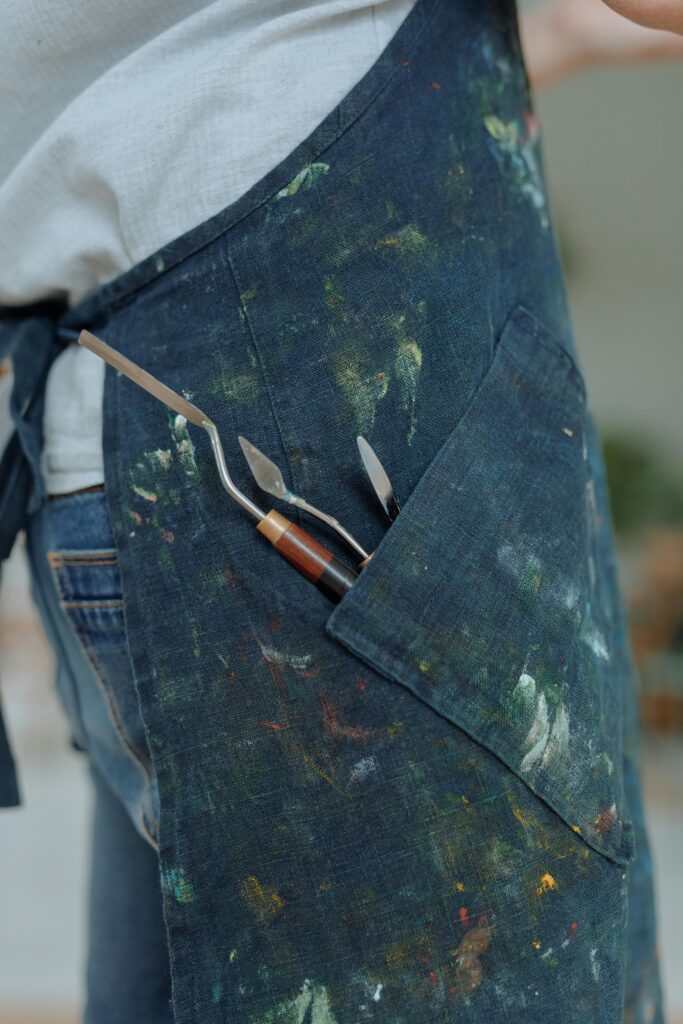
You ever notice how some artists seem to get seen everywhere , not because they’re rich or famous, but because their work somehow travels? It pops up in group shows, zines, someone’s Pinterest board, even in a random café post. And then there’s you, scrolling, wondering how your work that feels just as good, maybe even better, seems to vanish into thin air after you hit upload.
Here’s the truth no one admits: being seen isn’t about being lucky, or loud, or backed by cash. It’s about being findable. And findable doesn’t cost money , it costs thought. It’s learning how to make your work linger in the right places, where eyes are already looking.
We’ve all been taught that visibility has a price tag , that you need an ad budget, a brand identity, a perfectly timed campaign. But some of the most quietly successful artists out there built their presence with what they had: curiosity, time, and a knack for understanding how people move online.
The art world loves to glorify “the overnight discovery.” But what if visibility isn’t something that happens to you, it’s something you build , slowly, deliberately, and without needing anyone’s permission? That’s the kind of visibility that lasts.
This isn’t another pep talk about posting more. This is about thinking differently. You don’t need louder colors or viral reels; you need to make your work stick in people’s minds, even when you’re not around. And that kind of visibility? It doesn’t cost a cent.
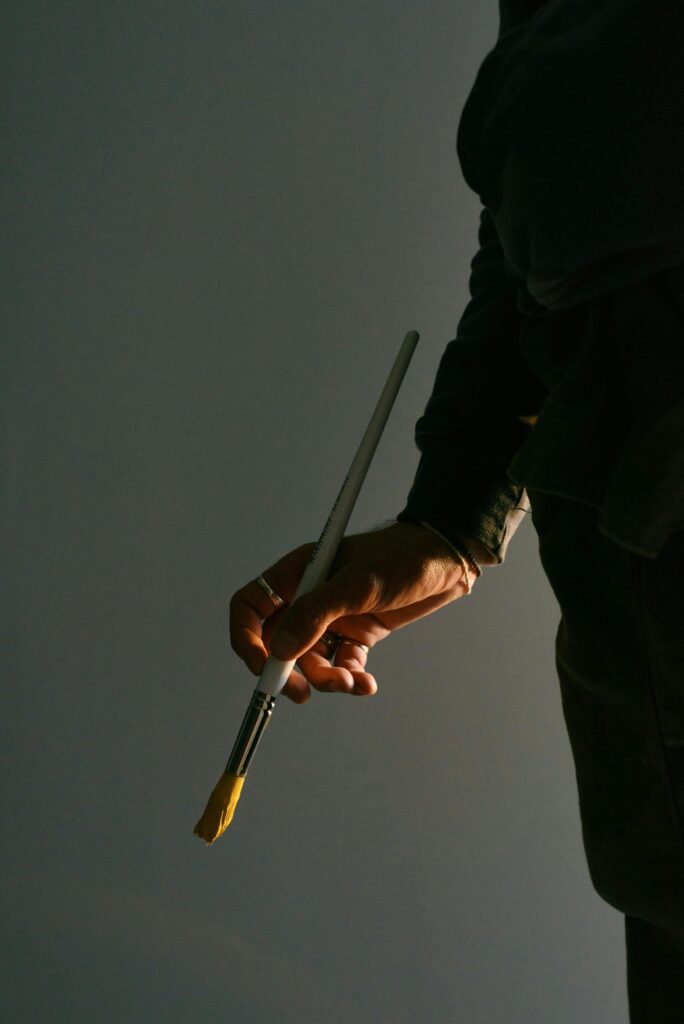
Start Local, Think Global
Most artists dream of seeing their work hanging in galleries overseas or featured on big-name art pages. But here’s the quiet truth: global visibility often begins right where you are. Local art fairs, cafés, libraries, and even coworking spaces can be powerful springboards. When you show up in your community, people start talking, and that organic word-of-mouth often leads to opportunities far beyond your postcode.
Instead of waiting for a “big” gallery moment, focus on becoming visible in small, authentic ways. Take part in local pop-ups, join an art walk, or organize a mini exhibit in your neighborhood. These smaller showcases often attract curators, journalists, or other artists looking for fresh talent. One study by Art Basel showed that over 40% of emerging artists’ first sales came from local exhibitions, not online platforms.
A strong local presence also builds credibility. When someone searches your name and finds community articles or small features tied to real events, it gives your career legitimacy. Remember, collectors love artists with stories and roots , they want to know where you come from as much as what you create.
Start collecting these small wins. Document each event with good photos, and write simple captions about what the experience meant to you. Before long, these small, authentic appearances build up into a portfolio that screams “active and invested.” That’s often more impressive than a few flashy Instagram likes.
And the best part? Local doesn’t mean small-minded. A mural in your city, a collaboration with a local brand, or a feature in a community zine might just catch the eye of someone halfway across the world , because the internet loves stories that feel real.
Build a Strong Digital Home (Not Just a Feed)
Social media is a crowded street market , fast, loud, and fleeting. Your portfolio website, on the other hand, is your gallery. It’s where your art can breathe. Having a clean, simple, easy-to-navigate website gives you a place to showcase your story without fighting for attention in a scrolling frenzy. And it doesn’t have to cost a fortune , platforms like Squarespace or Wix offer affordable templates that look beautifully professional.
Think of your site as more than a gallery of images. It’s a living record of your creative journey. Include behind-the-scenes photos, process videos, or a small “about” section written in your real voice. Artists who share personal reflections or working methods on their site are 27% more likely to receive direct commissions, according to a 2024 Artist Marketing Study.
Your website also improves your discoverability. Curators and buyers often skip social platforms and use Google to find artists who fit a particular theme or style. A site optimized with your name, location, and medium makes you easier to find than a buried Instagram post. And unlike algorithms, your site doesn’t suddenly stop showing your work to followers.
If you want to save time and still look polished, try using Women in Arts Network’s portfolio builder , it’s tailored for artists and helps you create a sleek, professional showcase with zero coding. It’s not just a website, it’s a tool that positions you for open calls, exhibitions, and press features.
Treat your site like a long-term investment. Update it regularly, keep the tone human and honest, and make sure each piece has a small story attached. When curators visit, they won’t just see an artist , they’ll see a storyteller worth remembering.
Collaborate Creatively, Not Expensively
Collaboration is one of the fastest (and cheapest) ways to get your art seen. Partnering with another artist, photographer, or brand instantly doubles your audience reach. But here’s the secret: the most effective collaborations aren’t about exposure, they’re about shared storytelling.
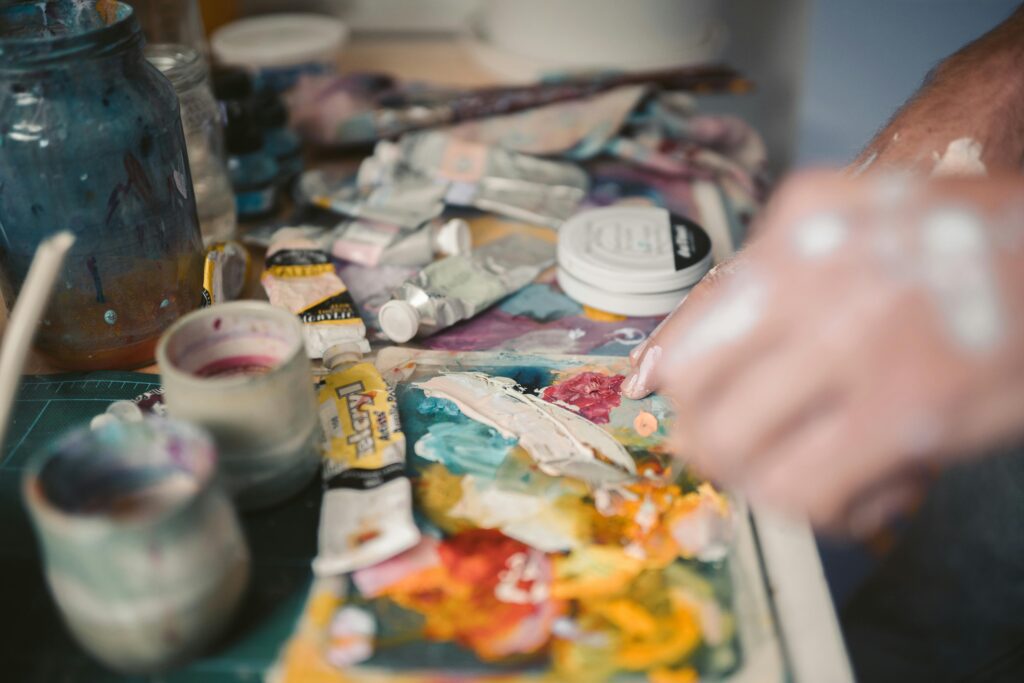
You could, for instance, team up with a local musician to create visuals for their next single or design a mini zine with a poet. These kinds of projects have built-in audiences and often attract local media attention. In 2023, over 61% of emerging artists credited collaborations for new press features or social growth, according to Artfinder’s Annual Report.
The trick is to choose collaborations that feel aligned with your values and aesthetics. Don’t chase brands or artists who have a big following but don’t match your vibe. Instead, find people whose work excites you. Real synergy makes a project memorable, and that emotional connection is what audiences remember most.
You don’t even need money to make it happen. Barter your skills. Offer to paint, design, or create something in exchange for photography, web help, or studio space. This keeps your expenses minimal while still moving your art into new spaces.
Every time you collaborate, you cross into someone else’s world. You learn how your art interacts with other forms, and you attract new eyes who might never have found you otherwise. That’s free marketing , powered by curiosity and community.
Leverage Open Calls Like a Pro
Open calls are not just competitions , they’re visibility machines. Even when you don’t “win,” your work lands in front of jurors, curators, and editors who are constantly scouting for fresh talent. And the best part? Many of them remember the names that show up again and again.
Instead of applying randomly, be strategic. Research who’s behind each open call. Look for past winners, the types of work selected, and whether your art genuinely fits the theme. A study by Artwork Archive found that artists who apply to at least five open calls per year are twice as likely to secure exhibitions or features.
Invest time in your submission. Treat your artist statement like your first conversation with the jury. Keep it authentic, concise, and centered on what drives your work , not what you think they want to hear. Strong statements paired with cohesive visuals make your submission memorable even among hundreds.
Also, track your applications. Use a simple spreadsheet to log the open call, date, theme, and outcome. You’ll start spotting patterns , which curators respond to your work, which themes suit you best, and where your art feels at home. That’s professional-level strategy, not guesswork.
And if you’re looking for a meaningful opportunity right now, the Women Artist Award (5th Edition) by Arts to Hearts Project is a great fit. It celebrates emerging women artists and offers real exposure , features, interviews, and a global platform. It’s not just a contest, it’s a chance to be seen.
Tell Better Stories About Your Work
People remember stories, not titles or dimensions. If you want your art to travel far, learn to tell stories that help others connect with it emotionally. This doesn’t mean inventing drama , it means sharing the real “why” behind your work.
When you talk about your process, materials, or what you were trying to express, you give people something to hold onto. That’s how collectors and curators begin to care. In fact, research by Saatchi Art revealed that artworks with engaging backstories were 38% more likely to sell. A well-written caption or interview-style post can make your work unforgettable.
Start small. Write about one piece you love , describe what inspired it, what challenges came up, or what surprised you in the process. Keep the tone conversational and unpolished; people relate to honesty more than perfection.
Then, repurpose those stories across platforms. Turn them into Instagram captions, short videos, or artist blog entries. Each story you tell becomes a bridge , a way for strangers to cross into your world.
The artists who rise aren’t just great painters or sculptors, they’re narrators of emotion and vision. Your story is your currency , spend it wisely and generously.
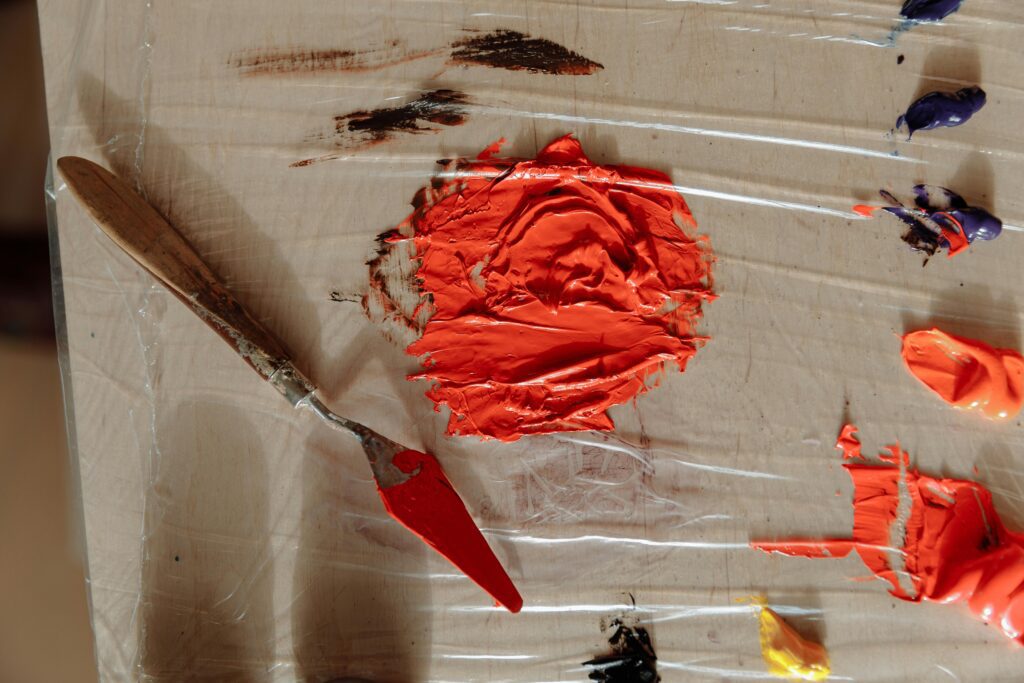
Make the Internet Work For You, Not Against You
Most artists think visibility online means posting daily, chasing trends, or learning how to beat the algorithm. But what if the secret is to stop trying to please the machine and start teaching it who you are? When you focus on consistent clarity instead of constant posting, the algorithm begins to work for you.
Here’s the thing: algorithms love patterns. If you post your art under similar keywords, hashtags, and captions that describe your medium and themes, you slowly teach the system to show your work to the right people. A 2024 Creator Economy Report found that accounts with focused posting habits grew 3x faster than those experimenting randomly.
You don’t have to dance for attention, you just have to be consistent. Use your captions to describe what kind of art you make, where you’re based, and what you explore visually. Think of every caption as a tiny search beacon, quietly sending your name into the right corners of the internet.
Also, lean into long-form content. Write one thoughtful post or newsletter instead of 10 rushed updates. Thoughtfulness cuts through noise , and it stays searchable far longer than a reel that disappears in 48 hours.
In short, let the internet mirror your rhythm, not dictate it. The more you ground your online presence in your real artistic identity, the more people who matter will start finding you.
Photos That Speak, Even When You’re Quiet
The difference between a good photo of your work and a great one is storytelling. You don’t need expensive gear , just light, honesty, and care. Too many artists lose visibility simply because their art is photographed under yellow light or cluttered backdrops that distract from what really matters.
Good photos make curators pause. According to Artwork Archive, over 70% of curators shortlist based on presentation quality , not the fame of the artist. That means how your work is seen visually can decide whether your email gets opened or ignored.
Natural light is your best friend. Photograph your work near a window or outside on an overcast day. If it’s a sculpture or textile piece, include a small detail shot that shows texture. And if your work is large, add one contextual shot , hung on a wall, surrounded by space , to help viewers imagine scale.
Your phone camera is enough if you’re intentional. Clean the lens, steady the frame, and edit gently. Avoid filters that distort colors. The goal is for your photos to look how your art feels.
When your visuals reflect care and clarity, your work starts speaking its own language , no caption required. That’s the kind of quiet confidence that gets noticed.
Email is the New Art Gallery Door
It sounds old-school, but email still works like magic , especially when it’s personal. Think about it: your email lands directly in someone’s inbox, not buried between memes or ads. If done right, it feels intentional, human, and professional all at once.
Start with a simple mailing list. It could be 10 people , friends, collectors, past buyers, or other artists. Once a month, share updates about new work, behind-the-scenes photos, or upcoming open calls you’re applying for. Keep it short and conversational. People appreciate genuine updates far more than polished press releases.
When you appear in someone’s inbox regularly, they start remembering your name , and recognition always comes before opportunity.
You can also use email to connect with curators or editors. Don’t send a portfolio dump. Write a two-line note, introduce your work briefly, and attach a few small images. Politeness and restraint go further than long explanations.
Your inbox isn’t just admin space , it’s your secret exhibition room. Curators love artists who are easy to communicate with, and showing up with professionalism sets you apart before they even see your work.
Reuse, Rework, Reimagine
You don’t need to create new work constantly to stay visible. Smart artists reuse what they already have , but in new ways. A piece you made three years ago might fit perfectly into a new theme, open call, or exhibition if you frame it differently.
Reworking isn’t cheating, it’s evolution. Some of the world’s best artists , from Yayoi Kusama to David Hockney , have reimagined the same concept for decades. That repetition builds recognition. Audiences start associating you with a particular visual rhythm, and that familiarity breeds trust.

You can also reuse visuals in new formats. Turn a close-up detail into a print. Create a video showing the making process. Post an old piece with a new reflection about how your style has changed. Each reuse multiplies visibility without draining your energy or wallet.
Even your rejected pieces have value. They tell stories of persistence, change, and growth , all things collectors secretly admire. The more you show your process (not just the polished end), the more your audience sees your humanity.
When you learn to mine your own archive, you realize you already have everything you need to stay visible. You just need to look at your art with new eyes.
Find Your Champions, Not Just Followers
Visibility isn’t about being seen by everyone , it’s about being seen by the right people. A small group of curators, writers, or fellow artists who genuinely love your work can change your entire trajectory faster than thousands of passive followers ever could.
Start identifying people who already resonate with your themes or aesthetics. Comment thoughtfully on their posts, attend their online talks, or write a note about something you appreciated in their work. Sincere connection stands out in a world full of surface-level networking.
The data backs it up: artists who build genuine professional relationships are 4x more likely to be invited to group shows, according to ArtReview’s Emerging Artist Report. Networking isn’t about collecting contacts , it’s about planting roots.
Keep a “champion list” , a small, private note of people who have supported or shared your work. Reach out occasionally, update them on new projects, and thank them when they feature you. Gratitude builds bridges that algorithms never can.
When you nurture these real human connections, your art starts traveling on its own. Because when people believe in what you’re doing, they become your best amplifiers , and no marketing budget can buy that kind of love.
